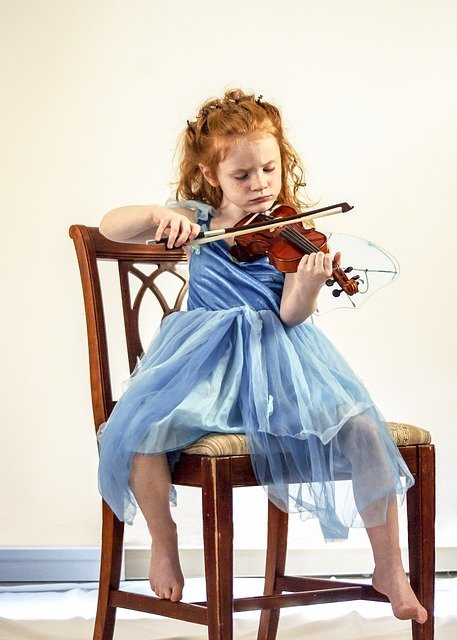
Getting your child involved with instruments can help him and her develop many skills such as reading music, working with others, and developing self-esteem. There are tons of options when it comes to instruments, so you may wonder which ones your child should learn. We have five suggestions to get your child involved with different types of instruments to gain experience.
Recorder
The recorder stands out as a simple and easy instrument any person can quickly learn. Since it only has so many notes on it while using a consistent technique, it’s an easy instrument any child can start with. Recorders are so straightforward many elementary schools will let students learn the instrument and practice them together.
They are good since they avoid complex sharps and flats while allowing children to learn different notes on a scale. This gives them the perfect opportunity to build a basic knowledge of instruments before your child moves to more complex ones. If your child wants something that doesn’t cost much and keeps things simple, you could use a recorder.
Violin
If your child wants to learn a string instrument instead, a violin stands out as a great option for children. Even though the violin is a complex instrument to master, it can be learned by children as they practice it. On top of that, violins are shorter instruments, so children will have an easier time playing them in comparison to violas or cellos.
If your child wants to learn a string instrument, a violin might be the best starting instrument. You can even look for a beginners violin for sale to let your child get started with the violin. This will work as a great gateway to play other string instruments in an orchestra.
Clarinet
If your child wants to get started on a woodwind instrument, he or she can learn the clarinet. The clarinet doesn’t require as much breath to play, though it has lots of notes to learn. However, it stands out as a great starting option for children since they can transition from the clarinet to other instruments.
The clarinet is great since it starts the basics for properly playing the instrument while having the opportunity to switch to others. For example, your child could switch from the clarinet or saxophone with the option to play both. This makes it an excellent introduction to woodwinds due to its lighter weight while also allowing some playing variety.
Piano
Many parents will let their children learn how to play the piano due to its versatility. For example, other instruments require your child to work with others, but a piano works great as a solo instrument. That way, your child can focus on improving how he or she plays without worrying about others’ performance.
Keep in mind piano practice can be difficult for children, so do your best to encourage your child to keep at it. That way, your child can become better at the piano and learn how to play beautiful music on it. On top of that, the piano is easy to learn with plenty of room to become an amazing player.
Trumpet
Some children may show an interest in brass instruments, so the trumpet might be a great option for your child. The trumpet is a smaller brass instrument, so it won’t be as difficult to carry around the school. On top of that, your child may not struggle as much to hold a trumpet up versus a trombone or a tuba.
The trumpet also takes some skill to play since the child needs to adjust his or her technique to play higher or lower notes. On top of that, your child can transition to other brass instruments when he or she gets older. This makes the trumpet an entry point for a child to play.
Conclusion
These five instruments stand out as great introductions for children to learn. Each one focuses on different skills, so your child can pick the instrument he or she prefers and expand to similar instruments from there. Feel free to let your child try any of these options, so he or she can start to learn instruments from a variety of types.

As the editor of the blog, She curate insightful content that sparks curiosity and fosters learning. With a passion for storytelling and a keen eye for detail, she strive to bring diverse perspectives and engaging narratives to readers, ensuring every piece informs, inspires, and enriches.









